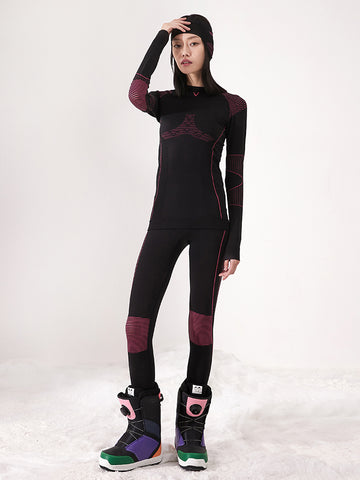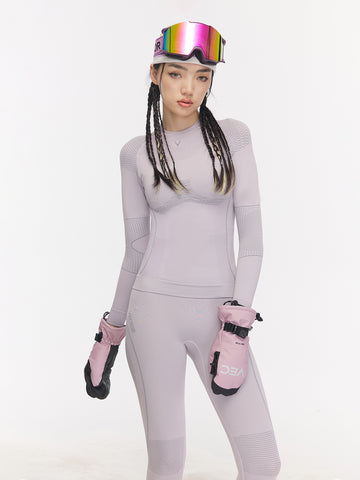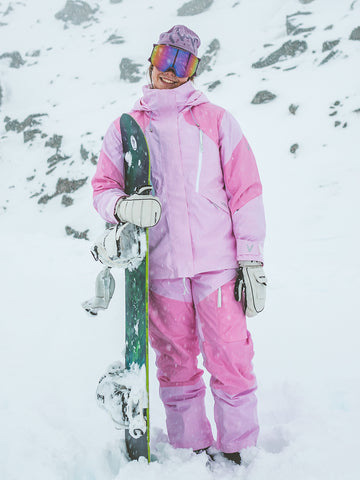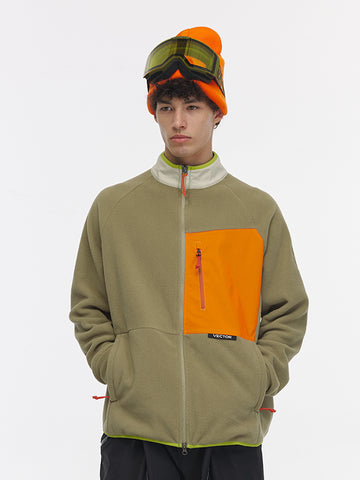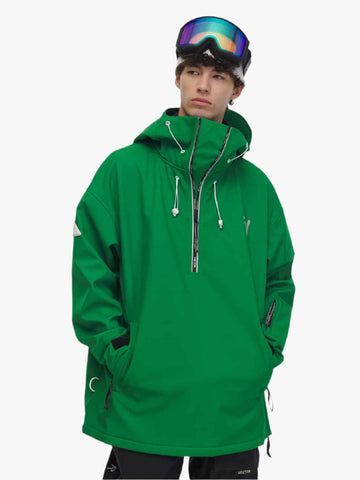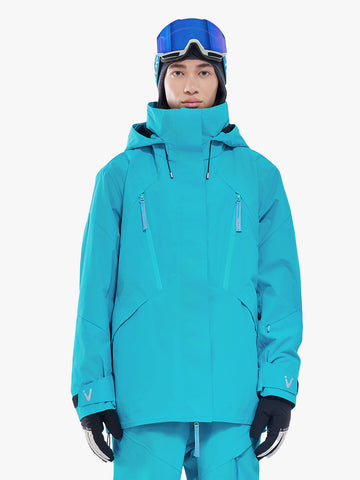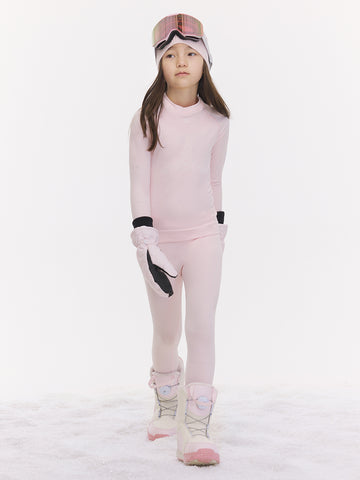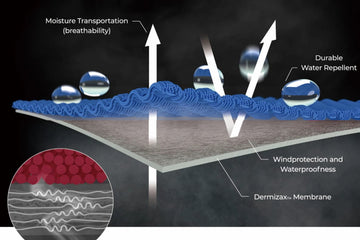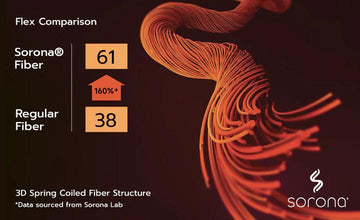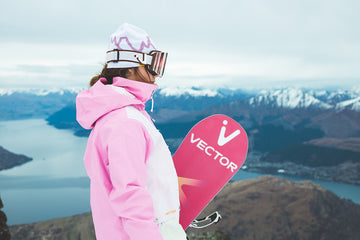When it comes to snowboarding, having the right gear is crucial for both performance and comfort. One of the most important aspects of your snowboarding setup is how to layer for snowboarding. Proper layering can make the difference between an enjoyable day on the slopes and a miserable one spent battling the elements. In this article, we will delve into the art of layering for snowboarding, focusing on the three essential layers: the base layer, the mid-layer, and the outer layer. We'll also touch on some key pieces like the anorak snowboard jacket and seamless base layer that can elevate your snowboarding experience.
Contents
The Base Layer: Your First Line of Defense
The Mid-Layer: Insulation and Comfort
The Outer Layer: Protection from the Elements
Putting It All Together
Conclusion
The Base Layer: Your First Line of Defense

The base layer is the foundation of your snowboarding attire. It's the layer that comes into direct contact with your skin, and its primary function is to wick moisture away from your body. When you're snowboarding, you're bound to work up a sweat, especially during those intense runs or while strapping into the lift. If this moisture stays close to your skin, it can quickly turn cold and clammy, making you feel uncomfortable and potentially leading to a drop in body temperature.
A seamless base layer is an excellent choice for snowboarding. The seamless construction eliminates chafing and irritation, allowing you to focus on your riding without any distractions. The fabric used in a quality base layer is typically a blend of synthetic materials like polyester or nylon, designed to efficiently move sweat away from your skin to the outer layers where it can evaporate. Some base layers even incorporate antimicrobial properties to prevent odor buildup, particularly useful during multi-day snowboarding trips.
The Mid-Layer: Insulation and Comfort

Once you have your base layer in place, it's time to add the mid-layer. This layer serves as your insulation, trapping heat close to your body to keep you warm in the cold snowboarding environment. The mid-layer should be breathable yet provide enough warmth to counteract the chilly mountain air.
There are several options for mid-layers, depending on your personal preferences and the weather conditions. Fleece jackets are a popular choice due to their lightweight nature and excellent warmth-to-weight ratio. They are also highly breathable, allowing moisture to pass through while retaining heat. Another option is a down or synthetic insulated jacket. Down jackets are incredibly warm and packable, making them ideal for colder days or when you need to store your jacket in your backpack. Synthetic insulation, on the other hand, retains its warmth even when wet, which can be a significant advantage in snowy conditions.
When choosing a mid-layer, consider the fit. It should be comfortable and not too tight, as you'll be wearing it under your outer layer. A good mid-layer will also have features like zippered pockets for storing essentials like your lift pass or snacks, and a hood for added warmth and protection.
The Outer Layer: Protection from the Elements

The outer layer, often referred to as the shell, is your primary defense against the wind, snow, and rain. This is where an anorak snowboard jacket comes into play. An anorak is a type of pullover jacket that is designed to be both waterproof and breathable. Waterproofing is crucial to keep you dry in the face of snowstorms or when you inevitably end up sitting in a puddle of slush after a fall.
Breathability is equally important because it allows the moisture that has been wicked away by your base layer and mid-layer to escape, preventing you from feeling damp and cold inside your jacket. High-quality anorak snowboard jackets are made with advanced materials like Gore-Tex or similar waterproof-breathable membranes. These materials have tiny pores that are large enough to let water vapor out but small enough to keep liquid water from penetrating.
In addition to waterproofing and breathability, an anorak snowboard jacket should have features that enhance your snowboarding experience. Look for a jacket with a removable hood that can be adjusted to fit snugly around your helmet. This ensures that you have a clear line of sight and that your head is well-protected from the elements. Ample pockets are also a must, as they provide convenient storage for your phone, goggles, and other essentials. Some jackets even have a built-in goggle wipe, which is a handy feature for those foggy days in the mountains.
Putting It All Together
Now that you understand the importance of each layer, let's talk about how to put it all together. Start with your seamless base layer, making sure it fits snugly but comfortably against your skin. Over that, add your mid-layer, adjusting the fit so that it's not too tight but provides enough insulation. Finally, slip on your anorak snowboard jacket, ensuring that it fits well over the other layers and that all the features, like the hood and pockets, are easily accessible.
Remember, layering is not a one-size-fits-all solution. The key is to experiment and find the combination that works best for you based on your body type, activity level, and the specific weather conditions you'll be facing. On warmer days, you might opt for a lighter mid-layer or even skip it altogether, relying on your base layer and a thinner shell. Conversely, on extremely cold days, you may need to add an extra mid-layer or choose a heavier anorak jacket.
Conclusion
In conclusion, mastering the art of layering for snowboarding is essential for a comfortable and enjoyable time on the slopes. By investing in a quality seamless base layer, a warm and breathable mid-layer, and a reliable anorak snowboard jacket for your outer layer, you'll be well-equipped to handle whatever the mountain throws at you. So, gear up, layer up, and get ready to shred some powder with confidence and comfort.
FAQ
Q: How do I choose between a down jacket and a synthetic insulated jacket for the mid-layer?
A: If you're in very cold, dry conditions, a down jacket is warmer and lighter. For wetter conditions, a synthetic insulated jacket is better as it retains warmth even when wet.
Q: What's the main difference between a seamless base layer and a regular one?
A: A seamless base layer has no seams, which prevents chafing and irritation, making it more comfortable for long periods of snowboarding.
Q: Are there any specific features I should look for in a base layer?
A: Yes, look for moisture-wicking properties, seamless construction, and antimicrobial features to prevent odor.
REFERENCE



